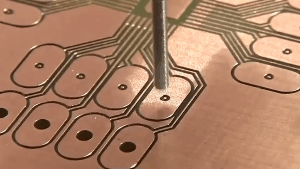
A thick copper PCB (Printed Circuit Board) is a type of circuit board that has a copper layer with a thickness of 3 ounces or more. Standard PCBs usually have a copper layer with a thickness of 1 ounce or less.
The increased thickness of the copper layer in a thick copper PCB allows for higher current-carrying capacity and improved heat dissipation, making them suitable for high-power applications. Thick copper PCBs are commonly used in power supplies, power amplifiers, power converters, and other devices that require high power output.
In addition to their high current-carrying capacity, thick copper PCBs also offer better reliability and durability, as the thicker copper layer provides greater resistance to thermal stress, vibration, and mechanical shock. These properties make thick copper PCBs a preferred choice for applications where high performance and reliability are essential.
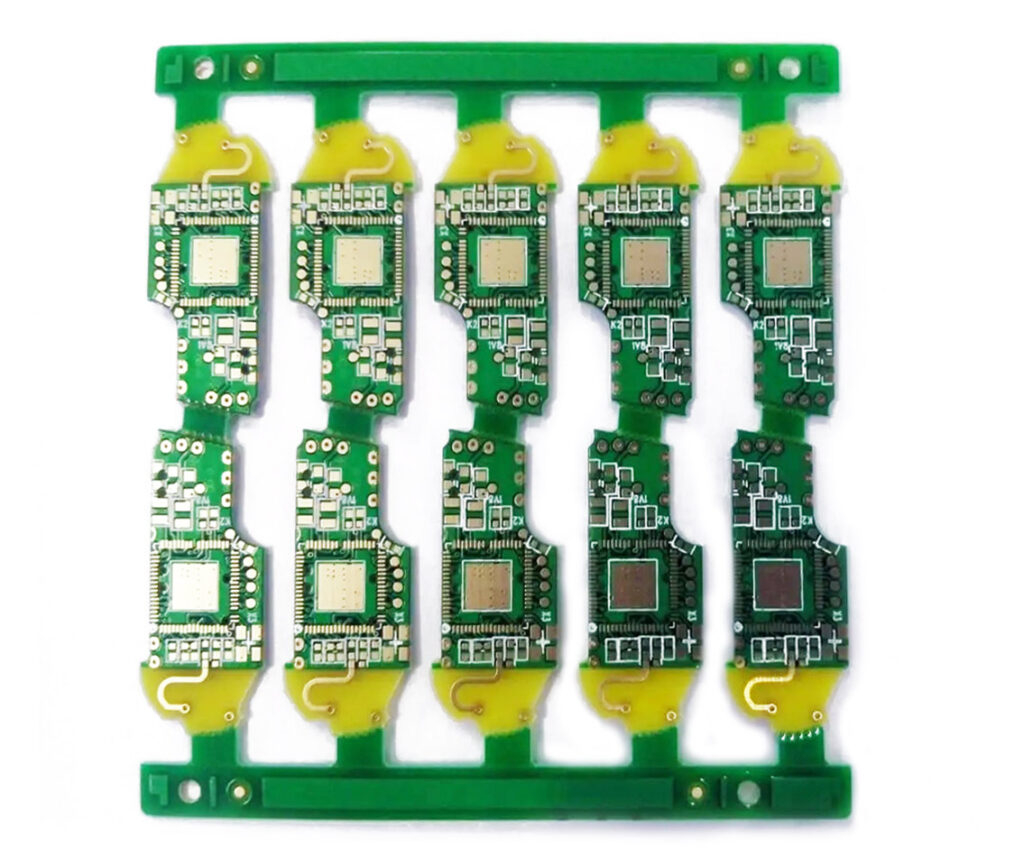
Excellent thermal conductivity: Aluminum PCBs have a high thermal conductivity, which allows them to dissipate heat effectively. This property makes them ideal for use in high-power applications.
Lightweight and durable: Compared to traditional PCBs, aluminum PCBs are lightweight and durable. They can withstand high levels of stress and strain, making them more resistant to damage from vibrations and shocks.
Good electrical insulation: Aluminum PCBs have a thin layer of dielectric material that provides excellent electrical insulation between the metal layers.
Low cost: Aluminum PCBs are relatively low cost compared to other types of high-performance PCBs.
Easy to assemble: Aluminum PCBs are easy to assemble and can be used with a wide range of surface mount and through-hole components.
Good EMI Shielding: The metal substrate of an aluminum PCB provides good electromagnetic interference (EMI) shielding, making them suitable for use in applications where EMI is a concern.
Firstly, thick copper PCBs have a strong current-carrying capacity.
According to the formula:

(Where I represents the current-carrying capacity, U represents voltage, R represents resistance, S represents the cross-sectional area of the circuit, ρ represents the resistivity, L represents the length of the circuit, w represents the width of the circuit, and h represents the thickness of the circuit.)
It is known that, under other conditions being equal (especially the width of the circuit), the current-carrying capacity I of the circuit is proportional to the thickness h of the circuit. The thicker the circuit, the higher the current-carrying capacity.

Secondly, thick copper PCBs have good thermal dissipation.
As we all know, metal substrates are excellent in thermal dissipation, with aluminum and copper substrates being typical representatives. Thick copper PCBs, due to their relatively thick copper layer, also have a certain level of thermal dissipation.
Below is a set of experiments related to the impact of copper foil thickness on thermal dissipation:

Using a single-variable method, the thickness of the copper foil is gradually increased, and the temperature difference between the two ends of the copper foil is measured.

According to the change curve, as the thickness of the copper foil gradually increases, the temperature difference between the two ends of the test piece gradually decreases.
Therefore, designing the board as a thick copper PCB can improve its thermal dissipation performance.
Lastly, thick copper PCBs can reduce thermal strain.
According to the formula:

(where Q represents heat generation, I represents current flow, R represents resistance, t represents the duration of current flow, ρ represents resistivity, L represents the length of the circuit, S represents the cross-sectional area of the circuit, w represents the width of the circuit, and h represents the thickness of the circuit)
It is known that, under other conditions being equal, the heat generation of the circuit is inversely proportional to the thickness of the circuit.
Therefore, designing the board as a thick copper PCB can reduce heat generation and consequently reduce the thermal strain caused by heat generation.
Thick copper PCBs are ideal for applications that require high power and reliability, and they are commonly used in a variety of industries, including automotive, industrial, aerospace, and defense. Such as:
Power Supplies: Thick copper PCBs are ideal for power supply applications, as they can handle high currents and provide better heat dissipation. They are commonly used in AC/DC converters, DC/DC converters, and power inverters.
Power Amplifiers: Thick copper PCBs are also used in power amplifier circuits for high-fidelity audio equipment and RF (Radio Frequency) amplifiers. The thicker copper layer allows for better heat dissipation and higher current-carrying capacity, which is essential for high-power applications.
Motor Control Circuits: Thick copper PCBs are commonly used in motor control circuits for industrial and automotive applications. They can handle high currents and provide better thermal management, which is essential for reliable operation.
Lighting Systems: Thick copper PCBs are used in LED lighting systems, which require high-power and reliable operation. The thicker copper layer allows for better heat dissipation, which can improve the lifespan of the LED lights.
Aerospace and Defense: Thick copper PCBs are also used in aerospace and defense applications, where reliability and performance are critical. They are used in radar systems, communication equipment, and other high-performance applications.

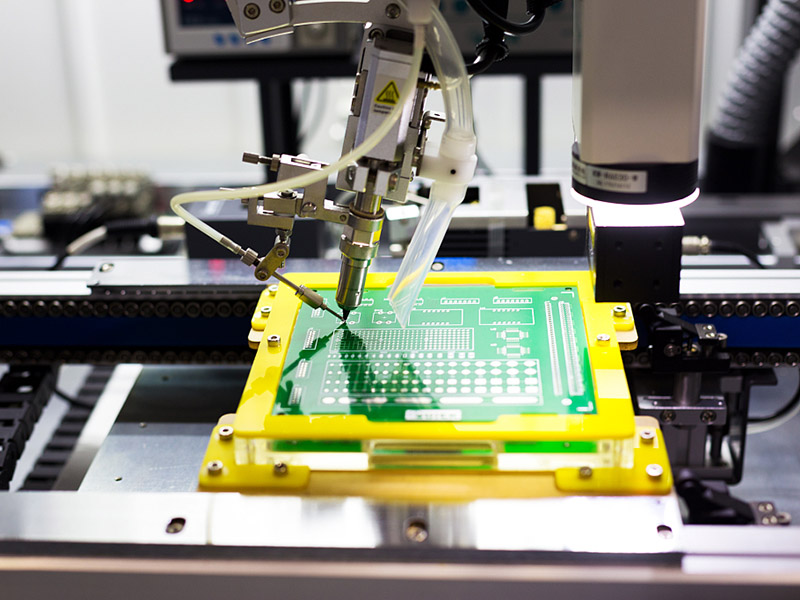

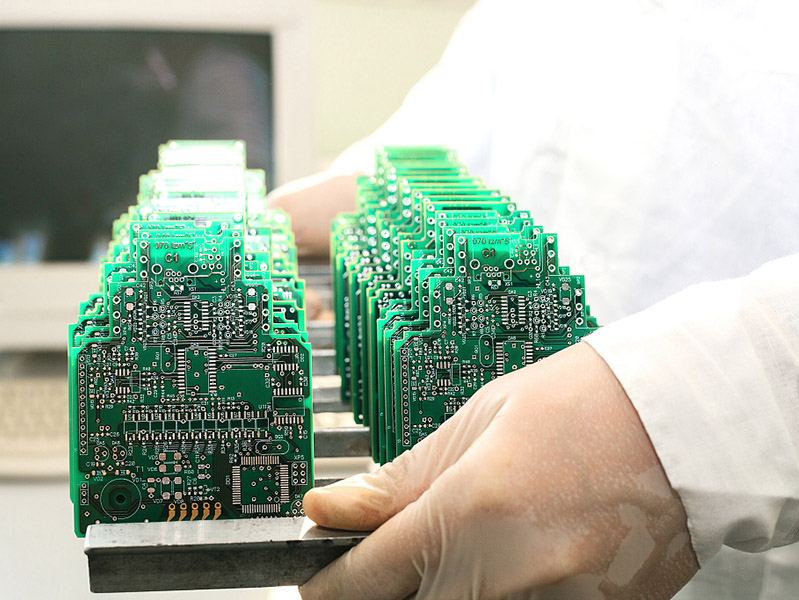
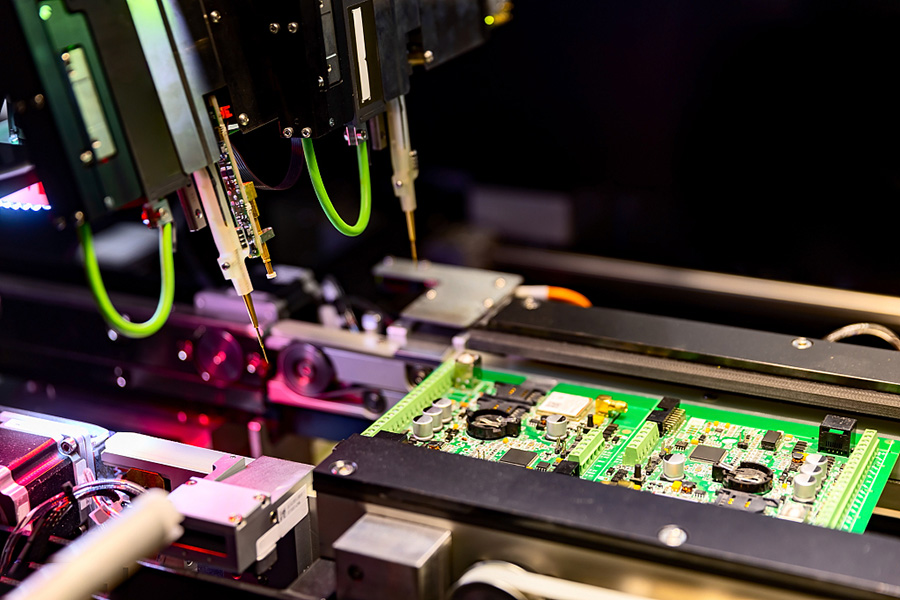
Get a factory directly price quote with 24 hours.
Pls input your email address correctly!
Make sure your name and email is right.